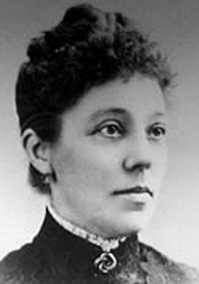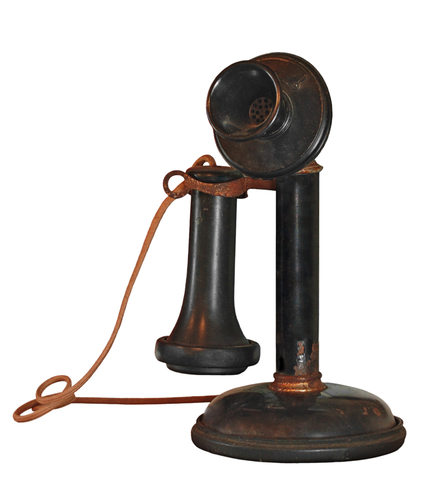
Who is Emma M. Nutt? A pioneer after my own heart. As a broadcast engineer I owe her my gratitude for paving the way for women in this industry; on Sept. 1, 1878, Emma was the world’s first female telephone operator. Okay, so I owe a shout out to Alexander Graham Bell, too, but not for the reason you think. Consider a cellphone without a way to dial/enter a number! That is how it all started.
The story goes that in 1877 Alexander Graham Bell’s lecture demonstrated a three-way telephone connection with Hartford and Middletown, touting the idea of a telephone exchange for business and trade. George Coy, in attendance, was inspired and invented the first switchboard to connect one phone to another. Initially the switchboard was made of teapot lid handles, bustle wire, and carriage bolts. George and some friends provided capital for the first telephone exchange; District Telephone Company of New Haven. The actual first switchboard operators were teenage boys; their hands were small enough to use the switchboard, but their rude manners were jeopardizing the business. At which point Coy took Alexander’s suggestion to hire a female friend of his, Emma. She was known for her “patience and cultured, soothing voice”. She started out working 54 hours a week for $10 pay, and she worked as an operator for 33 years. In time the women became the bulk of telephone operators for those very virtues.

Initially phones had a microphone and earpiece, as you can see right, they were NOT attached. You had to use BOTH hands to talk to someone. Once the earpiece was lifted from the lever, the operator knew you wanted to make a call. You gave her a name or, as the phone branched out from businesses to homes, a number. That is where the telephone operator came in, she would take the cable connected to your phone and connect (or “patch”) it to a jack or node on her switchboard that was connected to the phone of the person you were calling. ATT Archives have a couple of interesting videos of the evolution of telephone equipment and operators. The first video (13 minutes) is more technical, but it shows the somewhat humorous ineffectiveness of teenage operators and ends with the fashions (clothing and devices) of the time. The second video (17 minutes) gives a personal viewpoint of operators circa 1969 doing their job and then voicing their opinions about clients. And finally, there is my favorite the silent movie/video of 1926 operator training. If you are any kind of a history or tech aficionado you will want to check out the amazing and sometimes funny plethora of videos about telephone, cable, and television history and artifacts on the AT&T Tech Channel. Make some popcorn first and enjoy.